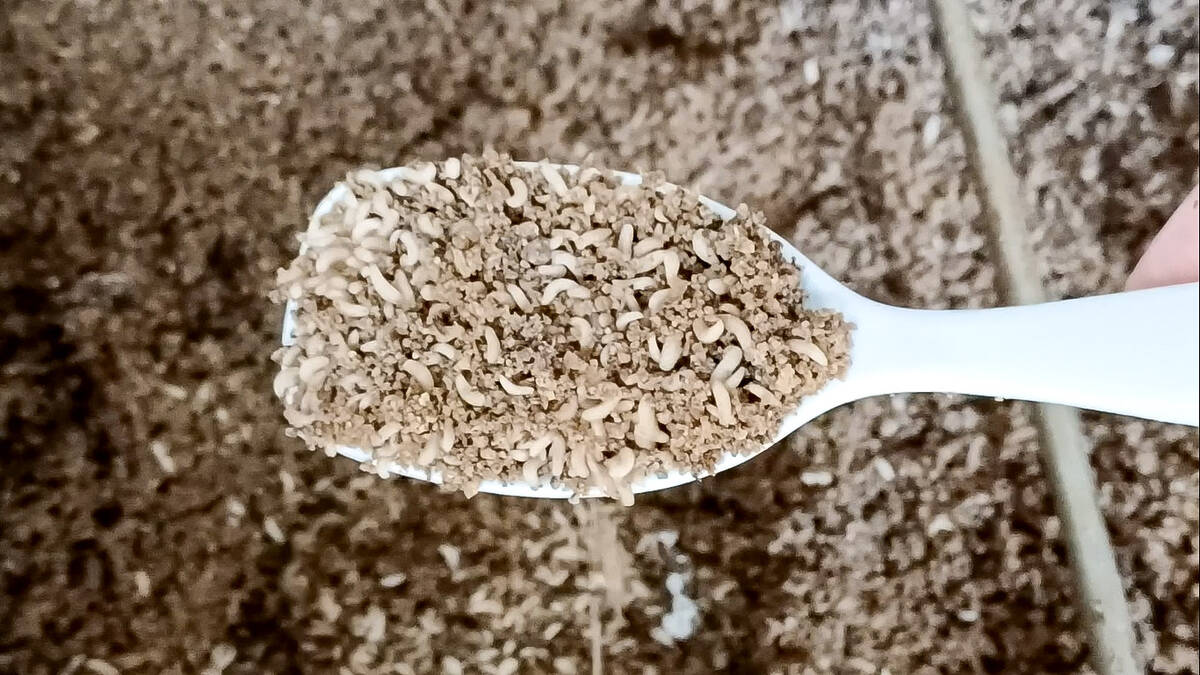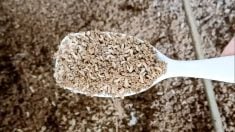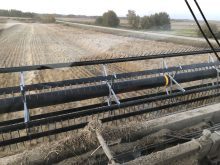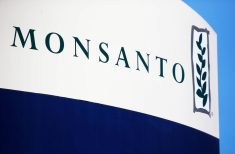We learned recently that McCain Foods has upped the ante in TruLeaf Sustainable Agriculture and its wholly owned subsidiary GoodLeaf Farms, Canada’s largest commercial vertical farming operation.
McCain has invested $65 million in GoodLeaf, making it the single largest shareholder in the venture. The idea is to create a national network of sustainable vertical farms that will bring fresh produce to several urban markets in the country. These are exactly the type of projects we need in Canada.
For one, GoodLeaf has come a long way from its humble beginnings in an abandoned school in Bible Hill, Nova Scotia. It now operates a fully automated 45,000-square-foot facility in Guelph, Ontario and is looking to expand its operations nationally, with McCain’s support. These are highly capital-intensive projects and getting a private sector leader is nothing short of a coup. The company has the technological experience and expertise to do well.
Read Also

Bug farming has a scaling problem
Why hasn’t bug farming scaled despite huge investment and subsidies? A look at the technical, cost and market realities behind its struggle.
McCain brings to the table far more than just cash. The company is probably one of Canada’s best agri-food vertical integrators. It understands supply chain economics very well. The potato industry in Canada is amazingly well co-ordinated, mostly due to McCain’s leadership. From farm to fork, farmers, distributors, and even food service, including players like McDonald’s, all work together to improve efficiency and quality.
Last year, McCain had to deal with a 300-million-pound glut of potatoes due to the closure of thousands of restaurants. More than 75 per cent of fries are consumed in food service. Most of the glut was rerouted or repurposed within months, and 12 months later, the industry is back on its feet. While milk was being dumped everywhere, the potato industry regrouped and got it done. An impressive feat.
McCain’s ability to work the food chain will help GoodLeaf. Since these projects are about generating business in a high-volume, low-margin environment, risks can be high. Dealing with grocers is never easy but understanding the SKU game and what happens in grocery stores will be critical. These partnerships are key for Canada’s ongoing pursuit of more food autonomy.
Food autonomy is about moving the needle on domestic production. It is not about food sovereignty which fosters the desire to produce and regulate everything within our borders. An autonomous food system is about building production capacity in an open economy. Investing in controlled-environment agriculture (CEA) is about optimizing growing conditions for any crops, throughout the year, regardless of weather patterns. CEA technologies have come a long way as they include hydroponics, aeroponics, aquaculture, and aquaponics. There are several ways to grow crops effectively and safely. GoodLeaf uses hydroponic techniques to produce sustainable, safe, pesticide-free, nutrient-dense leafy greens, very much what a growing number of consumers are looking for.
Vertical farming also knows no limitations when designing a supply chain. A vertical farm can operate from anywhere. To reduce logistical requirements and increase product quality and freshness, vertical farms can be built in cities, in suburbs, anywhere. It is about microgreens or produce which generates no smell either, unlike livestock. The potential is substantial, especially for a country like Canada where price volatility in produce has historically sticker shocked consumers. According to NeilsenIQ numbers, vegetable prices over the last 12 months have increased by almost 11 per cent. Some products like tomatoes and cauliflower have seen higher increases. When prices of healthy food are perceived as being financially out of reach for some consumers, consumers will walk away, and their nutrition will suffer.
With climate change, CEA and vertical farming can become humanity’s best friend, no matter where you live in the world. Conventional outdoor agriculture has also come a long way, but it remains highly vulnerable to a variety of uncontrollable factors. So, the McCain-GoodLeaf partnership is a step in the right direction. We have access to clean water, clean energy, and affordable land in Canada, compared to other places. All the main elements are there for us.
But $65 million is still a very modest sum compared to what we are seeing elsewhere in the industrialized world. AppHarvest, an agri-tech company operating one of the world’s largest CEA facilities in Morehead, Kentucky, became a publicly traded company in the fall. The transition provides AppHarvest with more than $600 million of unrestricted cash, which will primarily be used to fund operations and the building of many other facilities around the country. With climate change affecting crops in Florida, Arizona, and California, coupled with the emergence of better soil and plant science, agri-tech clearly has the attention of many investors. The pandemic just made the issue even more obvious. America has now over 50 major vertical farming operations and more are to come.
We have much to do in Canada to catch up, but this new venture with McCain and GoodLeaf should be considered a good case study.














